This problem occurs depending on the language setting of iPhone.
I was able to confirm this problem in Japanese and Chinese.
In English etc. this problem does not occur.
I have created a simple project that installing UINavigationController on the storyboard, using Xcode10. rootViewController is the default UITableViewController.
I have not changed anything nearly anything on the storyboard.
I use an array of Strings 1 to 5 as datasource of UITableView.
If I build and rotate this on iOS12, UITableView will be plus offset top or it will be under NavigationBar.
This problem does not occur in iOS11. Also, no problems will occur in models without notch.
This problem occurs only with notched models of iOS12. (iPhone X, XS, XS Max, Xr)
Does anyone know the cause of this strange problem?
Thank you.
I uploaded my project to GitHub. Could you confirm it?



